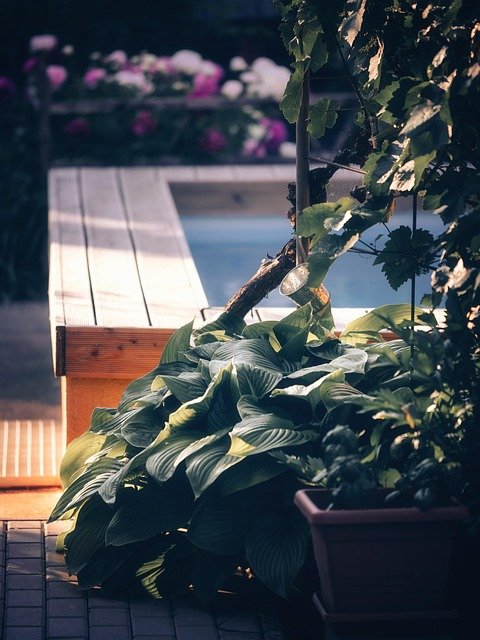Eco-friendly practices for managing fallen foliage and outdoor debris
Managing fallen foliage and outdoor debris with an eco-friendly approach helps preserve soil health, supports local biodiversity, and reduces emissions and noise in residential areas. Thoughtful garden and yardcare practices—combined with appropriate equipment choices and reuse strategies—can make cleanup more efficient while minimizing environmental impact and maintaining safety for people and wildlife.

How can garden mulching reduce debris?
Mulching is a practical way to handle fallen foliage in garden beds and under trees. Shredded leaves break down into organic matter that improves soil structure and retains moisture, reducing the need for supplemental watering. Instead of bagging leaves, use a mulching mower or a garden shredder to convert loose foliage into a layer of mulch or to incorporate it into compost. This keeps debris on site, cuts landfill waste, and supplies plants with nutrients as the material decomposes. For sensitive plantings, apply a modest layer of shredded leaves to avoid smothering young shoots.
What yardcare habits improve outdoor cleanup?
Routine yardcare habits make seasonal cleanup more manageable and eco-friendly. Clear high-traffic areas first—paths, driveways, and patios—then work toward beds and lawns. Use rakes, leaf nets, or tarps to concentrate debris for composting or mulching rather than dispersing it with high-speed airflow. Time cleanup to avoid wet conditions that compact leaves; dry leaves shred and compost more effectively. Grouping materials by type—leaves, small branches, and general organic debris—simplifies recycling and reduces contamination when using local services for pickup or drop-off in your area.
How to select battery, cordless, or combustion?
When choosing equipment for outdoor cleanup, balance environmental and performance factors. Battery and cordless tools produce no tailpipe emissions, typically run quieter, and suit light-to-moderate tasks; they can be paired with spare batteries for extended work. Combustion engines tend to deliver stronger airflow for heavy debris and wet leaves but emit pollutants and usually produce more noise. Consider airflow specifications and usable run time rather than marketing claims. For many residential yards, battery-powered blowers provide adequate cleanup while reducing combustion-related emissions and neighborhood noise disturbance.
How to manage noise, airflow, and safety?
Responsible use focuses on minimizing noise and directing airflow safely. Choose lower-speed settings when possible and use narrow nozzles to target debris rather than blasting across lawns and into public areas. Observe local noise ordinances and schedule work at considerate times to reduce disturbance. Wear safety gear—goggles, hearing protection, and sturdy footwear—when operating tools. Avoid blowing debris into streets, storm drains, or neighboring properties, and be mindful of small wildlife and pollinators that may be sheltering in leaf litter.
What maintenance and accessories help performance?
Regular maintenance extends tool life and improves eco-efficiency. For battery equipment, follow recommended charging cycles and store batteries in moderate conditions. For combustion tools, keep air filters, spark plugs, and fuel systems in good order to reduce emissions and improve fuel economy. Useful accessories include mulching kits, leaf collection attachments, and adjustable nozzles to control airflow. Straps and harnesses reduce operator fatigue, enabling steadier, more targeted cleanup that limits unnecessary disturbance of soil and plants.
How to reuse foliage and support biodiversity?
Reusing fallen foliage supports a circular yardcare approach. Compost leaves to create rich soil amendment, or use shredded leaves as winter mulch around perennials and shrubs. Allowing small, designated piles in less-trafficked corners can create habitat for beneficial insects and small mammals—balance habitat goals with safety and neighborhood aesthetics. Use chipped branches for brush mulch or wildlife habitat structures. If you rely on local services for green waste, check whether materials are accepted for composting or converted into mulch to ensure your debris contributes to local ecological cycles.
Conclusion
Adopting eco-friendly practices for managing fallen foliage and outdoor debris combines thoughtful yardcare, informed equipment choices, and reuse strategies like mulching and composting. These practices reduce waste, lower emissions and noise, and improve soil and habitat quality. By prioritizing maintenance, safety, and community considerations, homeowners and caretakers can maintain tidy outdoor spaces while supporting broader environmental goals.





